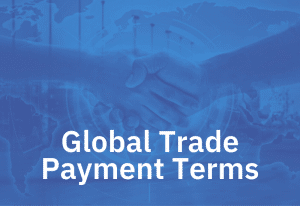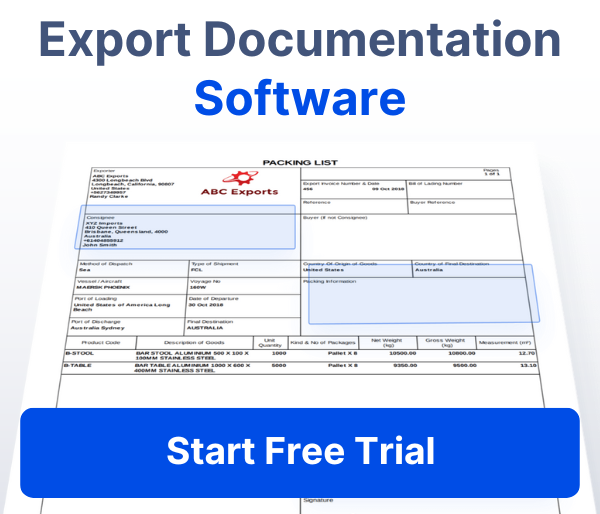De minimis value is the limit set by countries for imports to be exempt from duties and taxes. If the value of a shipment is below this threshold, it can enter without additional costs. This helps simplify customs processes and reduce trade barriers.
Each country decides its own de minimis threshold. For example, some countries have a higher limit to encourage trade, while others keep it low to protect local industries. These variations are tied to trade policies and economic goals.
The range can vary widely. For example, the US allows imports under $800 to enter duty-free. Canada has a much lower threshold of $20. In the European Union, the limit for duties is €150, but VAT applies to all imports.
Why De Minimis Value Matters
De minimis value reduces costs for businesses and consumers. For businesses, it lowers trade expenses. Companies can ship low-value goods without paying duties. This helps smaller businesses compete internationally.
Consumers gain access to cheaper international products. They avoid added taxes, making cross-border shopping more affordable.
De minimis value also makes trade agreements easier to manage. It creates consistent rules for low-value goods between countries. This reduces friction in global supply chains and speeds up customs processes.
Products That Typically Qualify for De Minimis Value
Low-value shipments often include items like:
- Small electronics like phone chargers, headphones, and smart accessories.
- Clothing such as T-shirts, shoes, and lightweight apparel.
- Beauty products like makeup, skincare items, and hair accessories.
- Household goods including kitchen gadgets, towels, and small décor items.
- Books, stationery, and office supplies.
- Toys, games, and hobby materials.
- Fitness accessories like resistance bands and water bottles.
These goods are lightweight and affordable, making them ideal for international trade under de minimis value thresholds.
However, not all products qualify. Items like alcohol, tobacco, and restricted goods are excluded in most countries. These exclusions help enforce trade regulations and protect local industries.
Challenges Related to De Minimis Value
De minimis value brings several challenges. Governments face revenue loss because goods under this threshold enter duty-free. This reduces the taxes collected from imports.
Undervaluation is another risk. Some businesses declare lower values on shipments to avoid paying import duties. This practice creates unfair advantages and raises compliance issues in international trade.
Local industries also feel the impact. Duty-free imports put pressure on domestic businesses. They have to compete with cheaper products from abroad, which can affect their sales and growth.
Comparing De Minimis Value Across Countries
De minimis thresholds vary significantly among different countries. Here’s a breakdown:
| Country | De Minimis Threshold | Notes |
|---|---|---|
| United States | $800 | One of the highest thresholds globally. |
| Canada | C$20 (~US$15) | General threshold; higher limits for shipments from the U.S. and Mexico under USMCA. |
| European Union | €150 (duties) | No de minimis for VAT; all imports are subject to VAT regardless of value. |
| Australia | A$1,000 (~US$673) | High threshold; however, GST applies to low-value imported goods. |
| Japan | ¥10,000 (~US$71) | Relatively low threshold compared to other developed nations. |
| South Korea | $150 | Increased to $200 for shipments from the U.S. |
| China | RMB 5,000 (~US$700) | Applies to certain e-commerce imports; general duty-free allowance is less than RMB 50. |
| India | ₹10,000 (~US$135) | Applies to gifts and samples; commercial shipments have different regulations. |
| Brazil | $50 | Applies to gifts; commercial shipments are subject to duties regardless of value. |
| Mexico | US$50 | Higher thresholds for shipments from the U.S. and Canada under USMCA. |
| Russia | €200 | Threshold applies to goods imported by individuals for personal use. |
| Saudi Arabia | 1,000 SAR (~US$266) | Applies to personal shipments; commercial imports follow different rules. |
| South Africa | ZAR 500 (~US$33) | Low threshold; imports above this value are subject to duties and taxes. |
| Turkey | €22 | Very low threshold; most imports are subject to duties and taxes. |
| Argentina | US$50 | Applies to personal imports; strict customs regulations in place. |
| Indonesia | US$3 | One of the lowest thresholds; most imports are subject to duties and taxes. |
| Italy | €150 | Applies to duties; no de minimis for VAT. |
| France | €150 | Applies to duties; no de minimis for VAT. |
| Germany | €150 | Applies to duties; no de minimis for VAT. |
| United Kingdom | £135 (~US$185) | Applies to duties; imports above this value are subject to VAT. |
Note: De minimis thresholds are subject to change. It’s essential to consult the latest customs regulations of each country for the most accurate information.
How Businesses Use De Minimis Value to Maximize Profit
Businesses leverage de minimis value to reduce costs and increase their competitiveness in global markets. By strategically using this exemption, they can cut expenses on duties and pass savings to customers.
One common strategy is shipping goods in smaller packages. By keeping the value of each shipment below the de minimis threshold, businesses avoid import duties and taxes. This approach is widely used by e-commerce platforms selling low-value items like electronics, clothing, and beauty products.
Some businesses also use fulfillment centers like Amazon in countries with higher de minimis limits. For example, shipping goods through the US, where the threshold is $800, allows companies to send more products duty-free compared to countries with lower limits like Canada or the EU. This reduces costs and speeds up delivery times.
The Connection Between De Minimis Value and De Minimis Shipments
The value threshold is what determines if a shipment can avoid duties and taxes. It sets the maximum worth a package can have to qualify for faster and cheaper customs processing. This threshold plays a big part in making trade more accessible and efficient.
Shipments that fall under this value face fewer delays and lower costs. They are a key part of global trade for businesses and consumers. To dive deeper into how the shipping side works, explore our article on de minimis shipments for more details.







